Great Lakes Water Levels
High and Low Water Level Impacts
For over 100 years, the U.S. Army Corps of Engineers has been tracking water levels across the Great Lakes basin. This data reveals that water levels in the Great Lakes cycle through high and low periods with each phase typically lasting several years. Water levels are primarily affected by precipitation, evaporation, and runoff. While Great Lakes water levels have always been dynamic and variable, climate change is resulting in faster shifts between low- and high-water years and more extreme highs and lows.
In 2020, Lake Michigan water levels rivaled the record highs set in 1986 and in 2013 Lake Michigan experienced the lowest water level on record. The changing climate has caused more intense storms and rain events resulting in severe shoreline flooding, inundated septic fields, flooded basements, and highly erosive wave and ice action during high water periods. These weather-related events are affecting property owners on the Great Lakes, inland lakes, and rivers across the state and pose a threat to water quality and public health. During periods of low water, navigation, commercial fishing, and shipping may be affected. Further, low water periods pose challenges for hydropower facilities and drowning water filtration plants that may need to invest in new infrastructure.
Addressing Dynamic and Changing Water Levels
High water levels across the Great Lakes basin threaten the integrity of structures located close to the water’s edge, submerging infrastructure such as roads and electrical systems, flooding septic systems, shrinking public beaches, and causing numerous other issues. The Watershed Center is hard at work helping individuals and communities address high and low water concerns by advocating for resilient community planning practices, helping land managers understand natural water cycles and associated issues, and serving as a resource to landowners, developers, and municipalities grappling with severe erosion, flooding, and changes in shorelines. We also work to protect and restore wetlands that naturally store water during flooding events, provide habitat, filter and infiltrate water, and stabilize shorelines.
Questions about high water levels can be directed to Grand Traverse Bay WATERKEEPER® Heather Smith at hsmith@gtbay.org or 231.935.1514 x3.
Resources
- Michigan Department of Environment, Great Lakes, and Energy’s Great Lakes High Water Levels and Inland Lakes High Water Levels websites contains useful information about permitting, safety, webinars, and more.
- View water level data and future water level projections from the U.S. Army Corps of Engineers.
- The Great Lakes Sea Grant Network website contains tools, data, webinars, and more.
- Tip of the Mitt Watershed Council has developed fact sheets on various water level topics.
- Contact your local Health Department to learn more about ensuring your septic system is functioning despite high water levels – Benzie-Leelanau District Health Department, Grand Traverse County Health Department, Health Department of Northwest Michigan – or visit the National Environmental Health Association’s Guidance for Septic Systems Before, During, and After a Flood.
- For more information on protecting your private well during high water, visit Michigan Department of Environment, Great Lakes, and Energy’s factsheet on Protecting Your Private Water Supply in an Emergency.
- For questions about localized flooding on your property, contact your county Drain Commissioner – Leelanau County, Grand Traverse County, Kalkaska County, Antrim County
- Contact your local municipal wastewater department to discuss proper connections and outlets for private sump pumps.
- Learn more about landscaping your home garden to minimize flooding and utilize native plant’s ability to evaporate water with the Landscaping for Water Quality Guidebook and The Watershed Center’s Low Impact Development Guidebook.



 Donate
Donate